The Orokonui Ecosanctuary is a unique place. It is situated near Dunedin on the Southern Island of New Zealand, just 20km north of Dunedin in the Coastal Otago forests. So we really wanted to visit this place during our travels through the region. Over the centuries a lot of unique birds developed in New Zealand. The birds had no natural enemies, so a lot of them couldn’t even fly.
During the last two centuries, however, a lot of predators were imported into New Zealand. Some accidental, some by purpose. Animals such as stoats, weasels, ferrets, rats, mice, and possums … have spread across the entire country. As a result, a lot of birds are already extinct and there are many others, such as the famous Kiwi, who are threatened with extinction.
That’s why they set up this bird sanctuary. An amazing area of 307 hectares of forest is surrounded by a two-meter-high predator fence. They cleared the entire area from diseases and predators and replanted the original vegetation in those areas where the forest had disappeared.
And then they reintroduced a lot of endangered bird species. The volunteers do everything they can to keep out new predators: traps, poison, and patrols along the fence twice a day, …
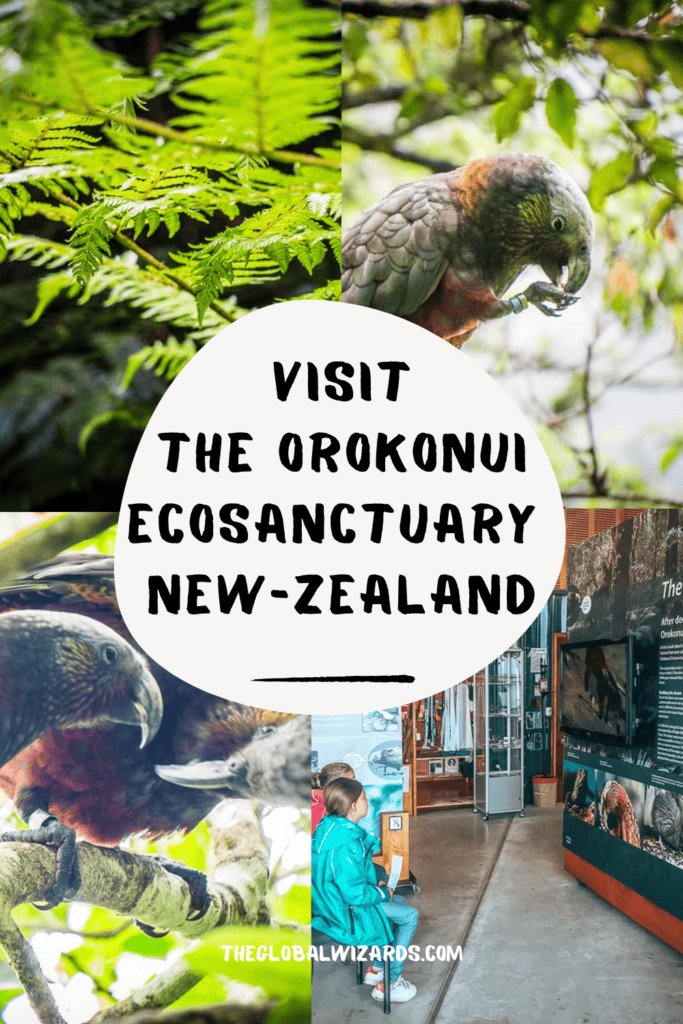
Thanks to the Orokonui Ecosanctuary we could do a guided tour of the valley. We have made an arrangement with a volunteer guide to show us around. The weather is a bit cloudy but we’re ready to discover the native wildlife and rare species which are living here.
The kids hope to see a Kiwi but that will be impossible during the daytime, as they are only active at night. Although we told them, they still want to look for them, just to be sure.
The Orokonui Ecosanctuary Visitor Center
When we arrive at the Orokonui Ecosanctuary, the first thing we notice is the big visitor center they have. It is nicely hidden in the valley and made of recycled wood, which makes it easy to disappear into the surrounding landscape.
There’s a big parking space, so no problem getting rid of the car. Inside the visitor center, there is a nice cafe and a lot of information about the park. We get a good impression of what we can expect. And there’s a nice little shop where you can buy some souvenirs (some of which are also available online).
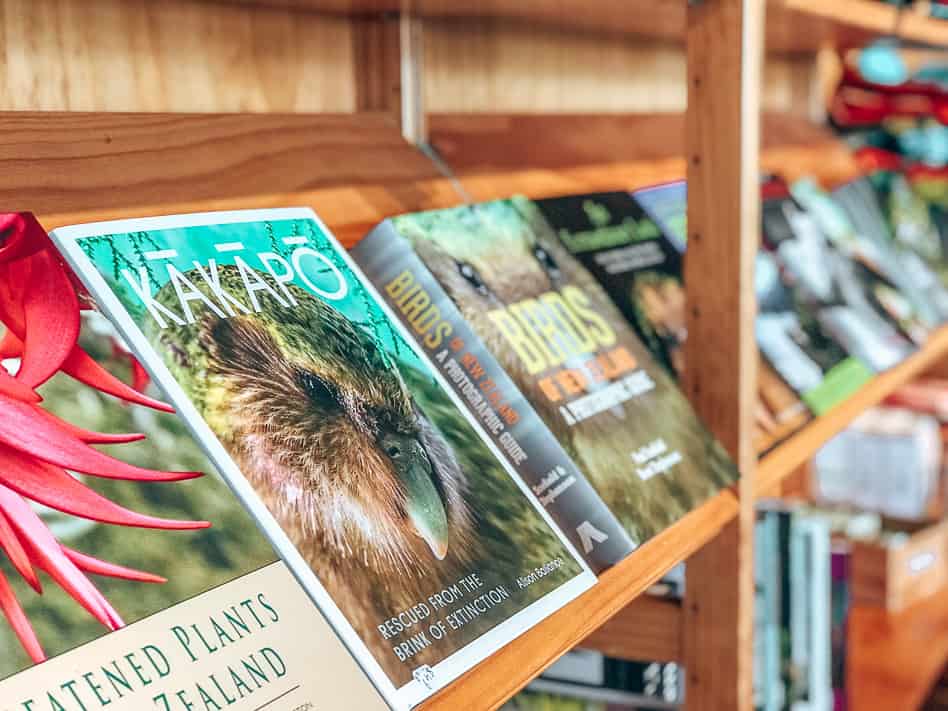
We spend about half an hour at the visitor center. Reading about the history of New Zealand’s wildlife, watching some videos, learning about the goal of the Orokonui Ecosanctuary, and looking at the beautiful pictures of those endangered species, …
They have more than just birds. There are also a lot of reptiles in the park. We are looking forward to our guided walk!
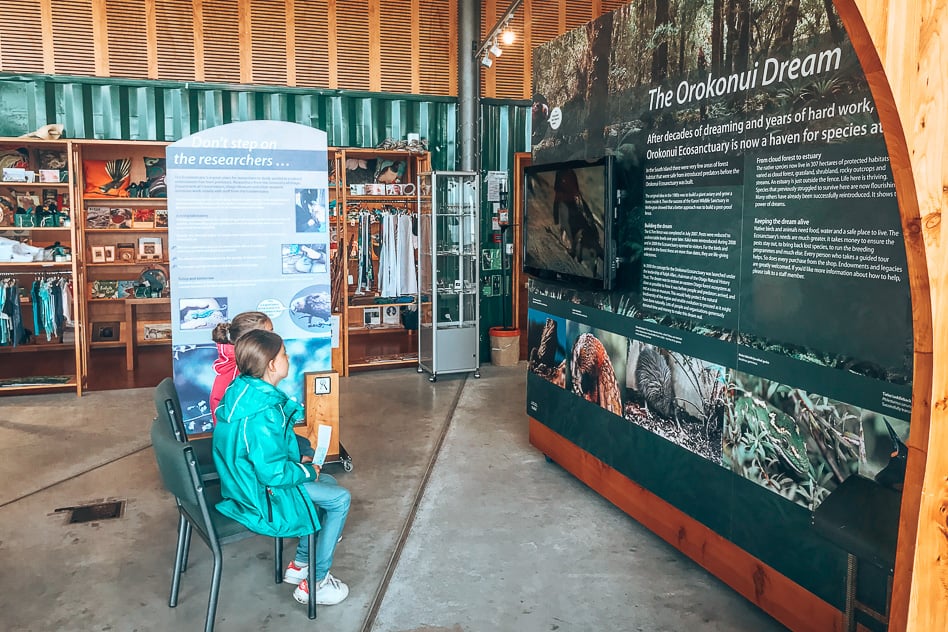
A guided walk through the valley
We meet our lovely guide a little before 10 ‘o’clock and leave the visitor center for the valley. The first thing we notice is the long, 2m high fence which surrounds the whole area. This fence has to keep mice, rats, possums, and other predators out. It gets checked two times a day to be sure there are no holes or gaps in the fence.
All vegetation and branches close to the fence are removed to make sure they don’t damage it or animals can jump across the fence. There is even an alarm when a tree falls on the fence. Inside there are more traps, in case some predators do get in. In other words, they do everything to protect the wildlife and vegetation inside.
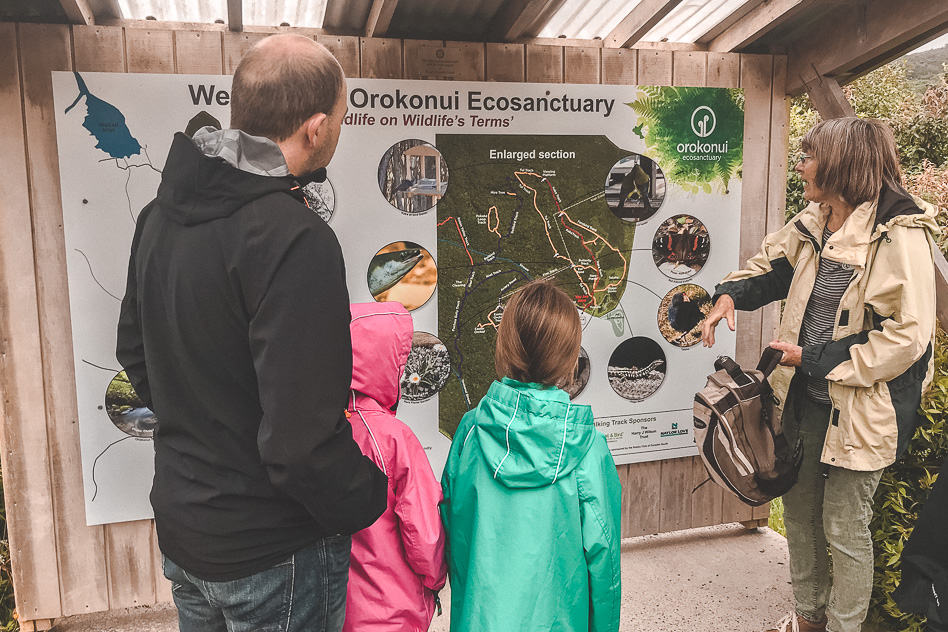
The Takahe
After we enter, the first animals we get to see are the rare Takahe, a blue and green heavy flightless bird with a red beak. At 11’o o’clock, they get some food so we can see them pretty close. The kids think they look a bit like a special chicken, and actually, they do.
But at least one we have never seen before! It was believed for years that this bird was extinct until they encountered them again in 1948. Now there is a Takahe Recovery Program to reinstate the bird in New Zealand. After they finished their meal, they disappeared into the long grass again and we continued our walk.

The Tuatara
Next, we meet the Tuatara, who is an ancient species, the only one surviving of its order and in fact one of the few remaining dinosaurs. A story that sure appeals to the kids! They were reintroduced on New Zealand’s mainland in 2012 after being distinct for many years.
Luckily they survived on some surrounding islands that didn’t have to deal with foreign predators. Luckily we have a guide who is telling us all those stories.
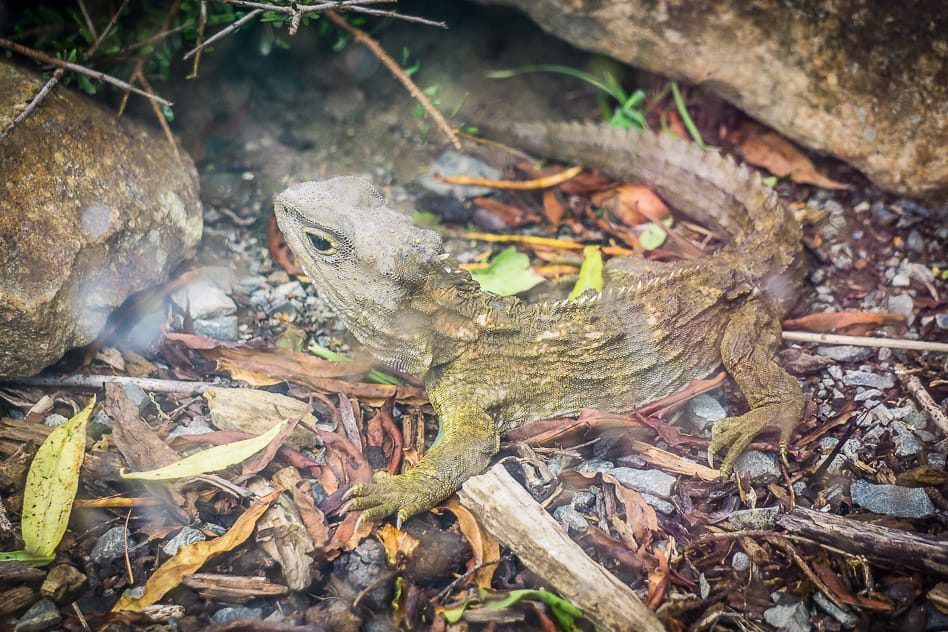
The Kaka
In the valley, you can walk along different tracks. We follow our guide in the direction of the Kaka track where we hope to see this famous bird. After hearing their noise, the guide can tell that the Kaka’s are hanging around the area today and some minutes later we discover them in the threes.
One, no two, what… three Kaka’s are sitting in front of us! Again, we are surprised by how big they are. The Kaka is a big brown parrot with red accents. They make a very special noise. We watch them for several minutes until they disappear into the forest again.
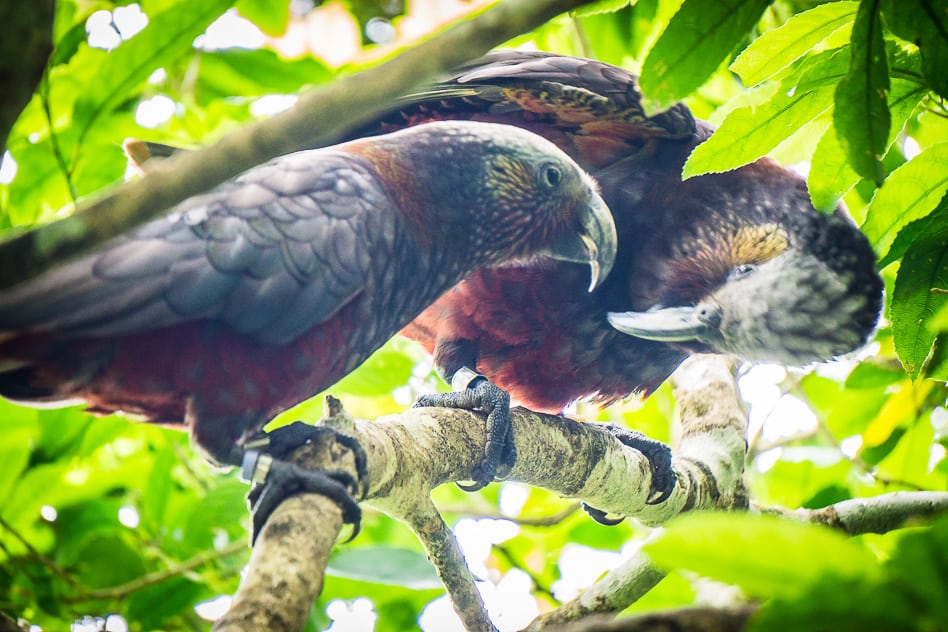
Other birds
As we walk further along the track we see a New Zealand Wood Pigeon or Kukupa. They are real acrobats in the air and are twice as big as the ones we have in Europe. Often you hear them fly by, because of their wings flapping sounds.
Nearby there is a viewing platform and we get to see more birds like the Bellbird and the Blue-black bird or Tui. The last one seems to be very aggressive and likes to scare the other birds away.
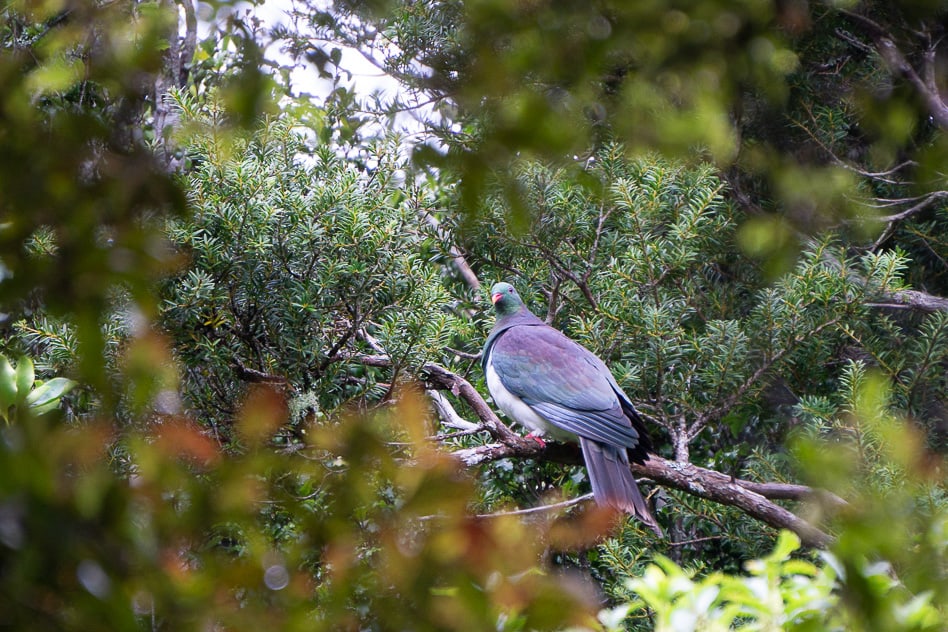
Our experiences at the Orokonui Ecosanctuary
At this point, we say goodbye to our guide. If you come here, please pay a little bit more for the guide. Your donation helps to save the animals and you get so much more information out of your visit. The lovely lady who was our guide, made this an interesting morning!
We learned a lot about the wildlife, nature, and history of New Zealand.
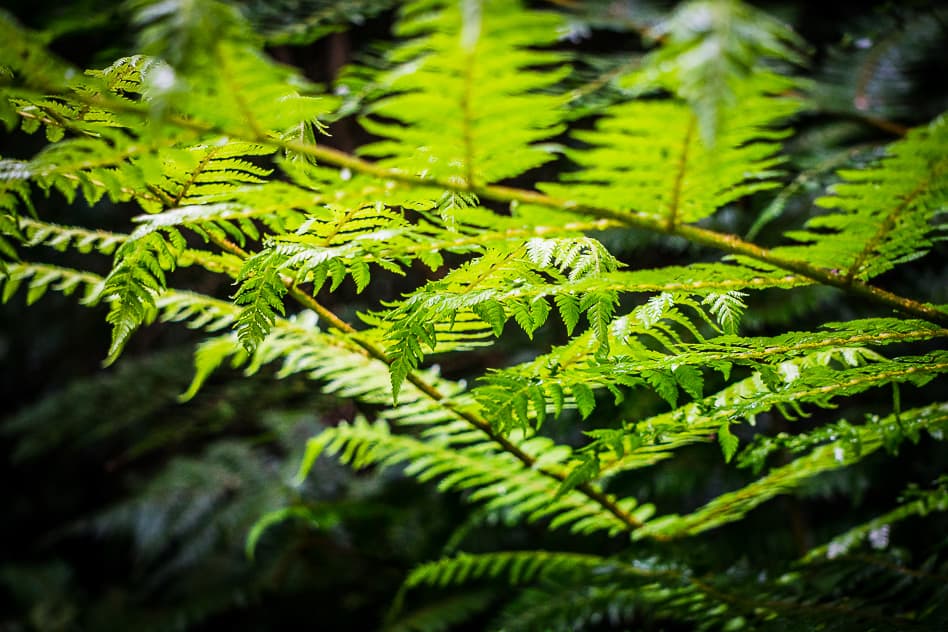
We walk deeper into the forest, following a few more of the tracks. There have many walkways, but we stay on the Bellbird track and the Kiwi tracks. They have a good downloadable map on their website. As predicted we didn’t see any Kiwi, they were hiding and sleeping then.
Our kids really hope to see one during our visit to New Zealand, so hopefully, we will be lucky another time! But it will have to be in a Zoo, as we are not planning on walking in the woods during the night.
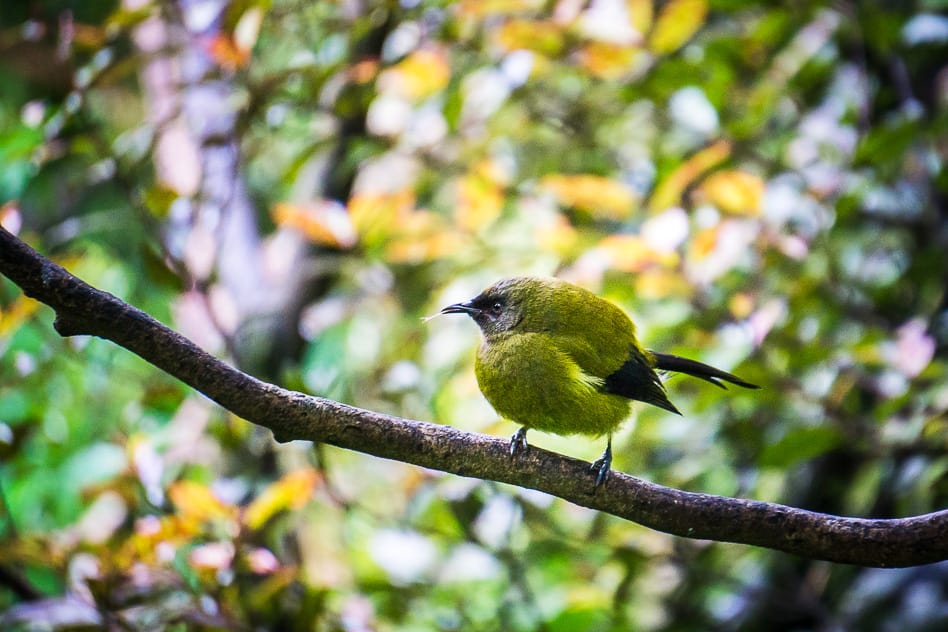
Because it is getting colder and we walked a long way, we returned to the visitor center. We loved our visit to the Orokonui Ecosanctuary. It is amazing to see how a lot of volunteers are willing to spend their time saving these bird species and reptiles.
It’s because of them we can show our kids how to handle nature and have respect for all animals in the world and nature in general! A lesson well learned!!
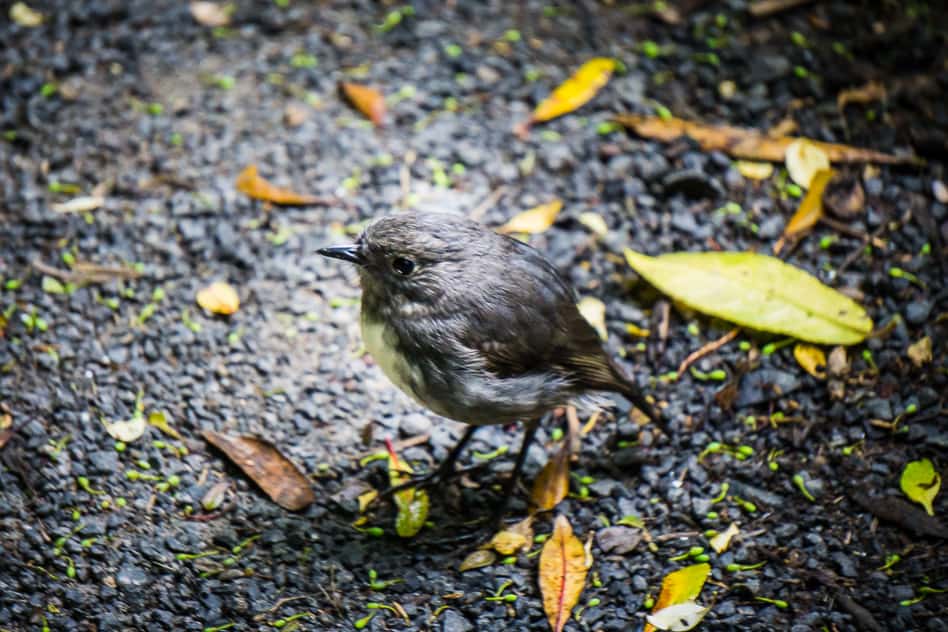

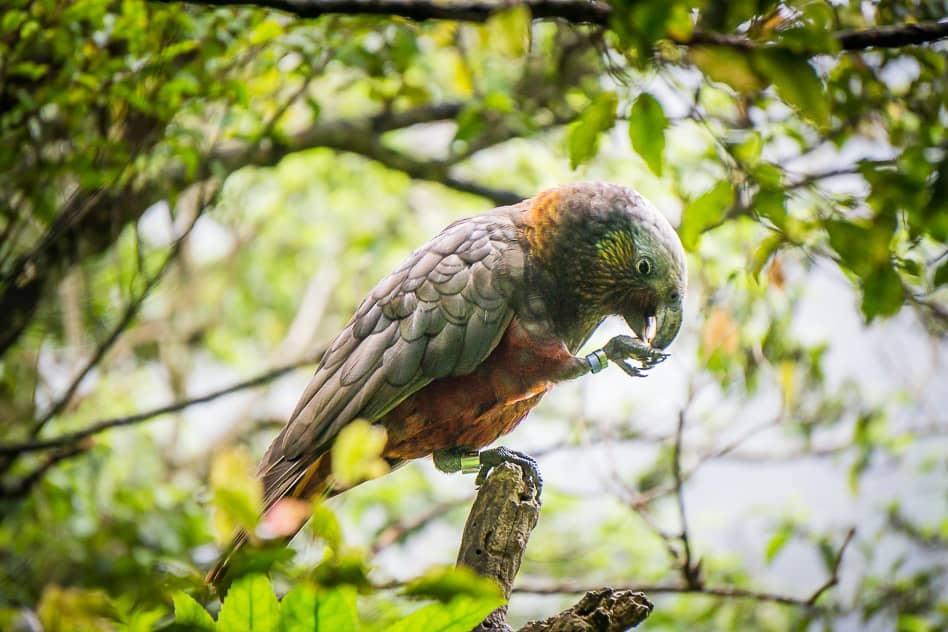
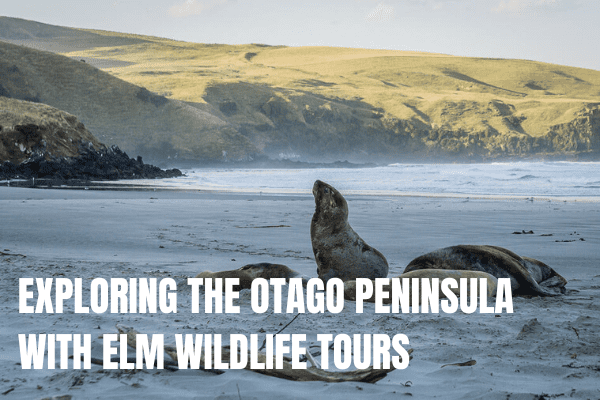
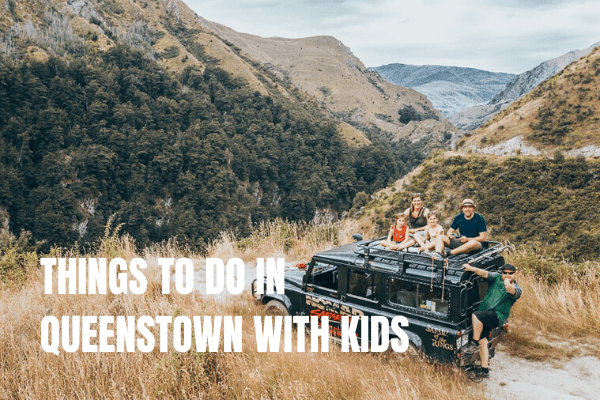
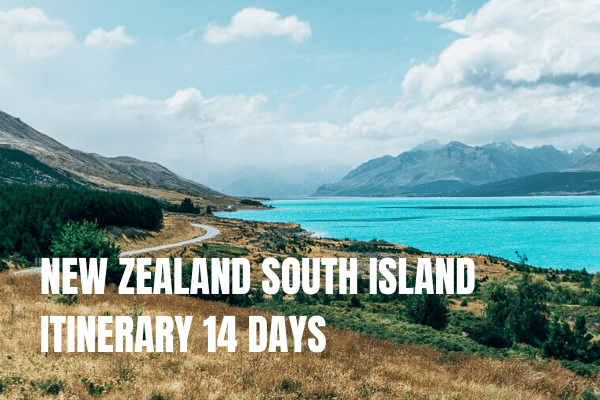
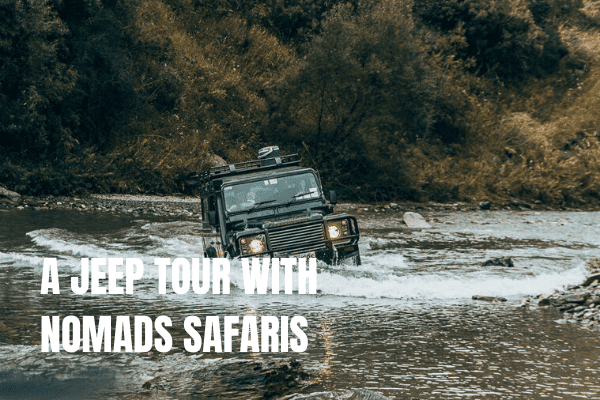
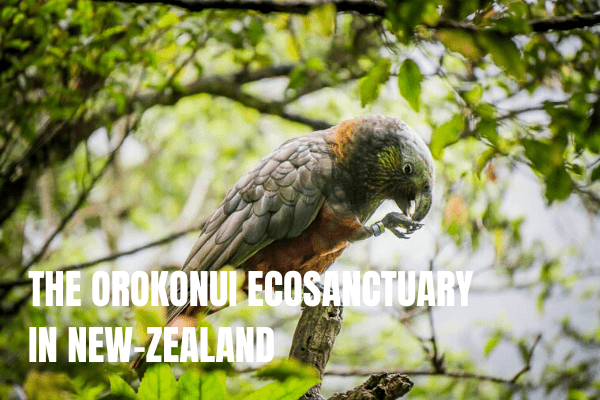
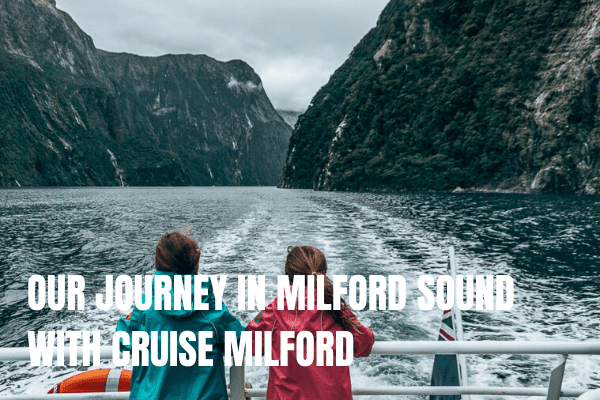
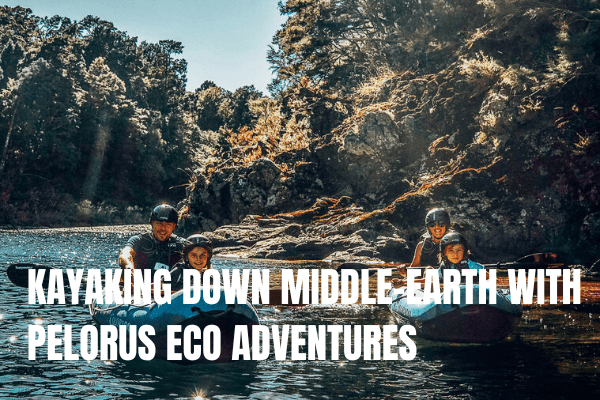
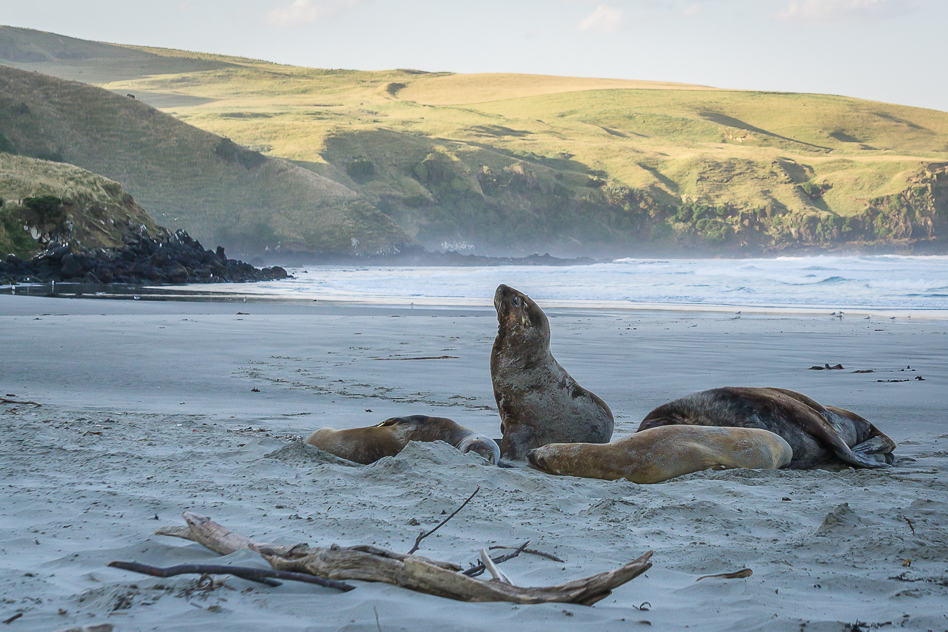
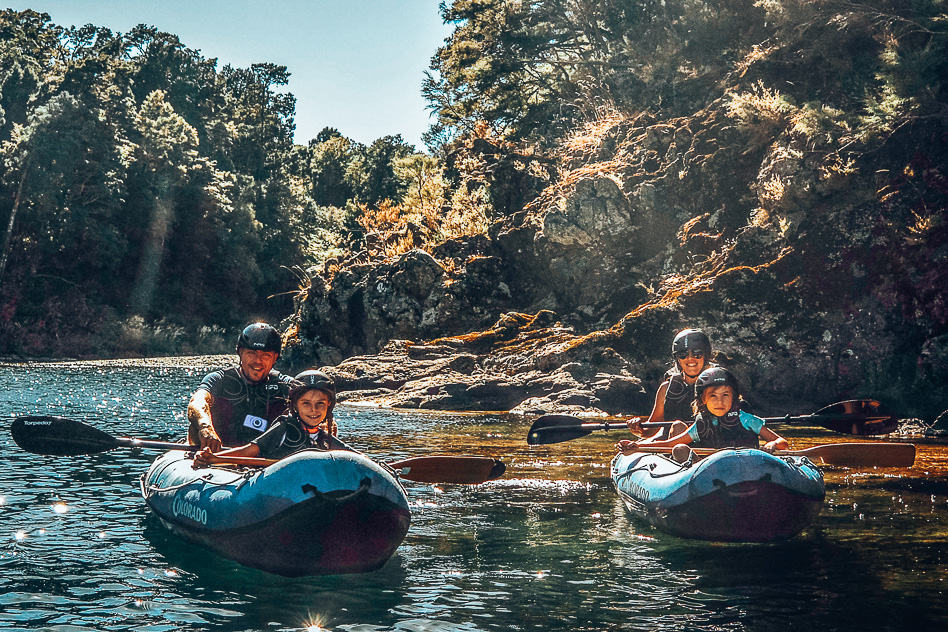
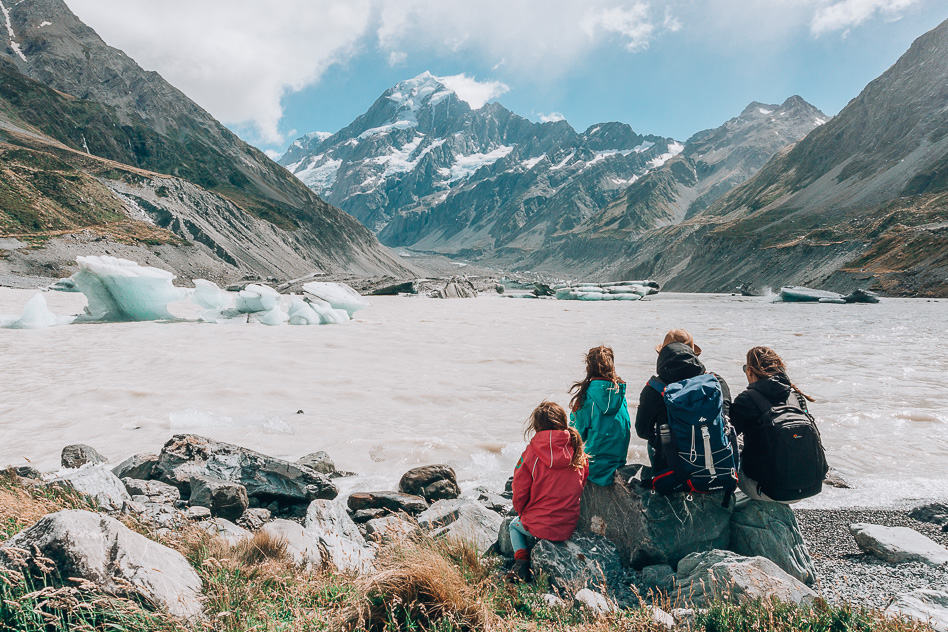
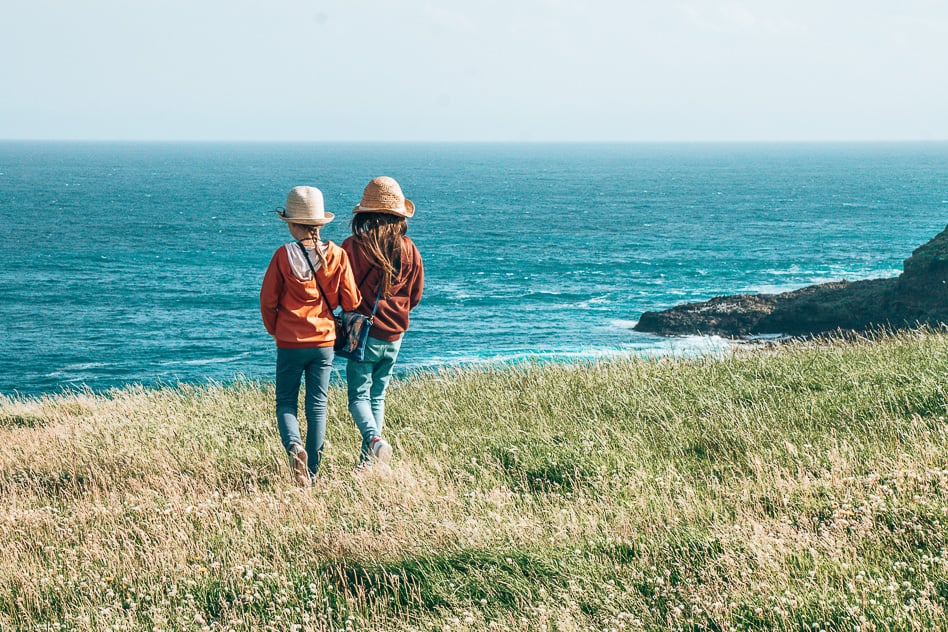
Pingback: Travel Diary #16: New Zealand, the Southern Island part 2 · The Global Wizards